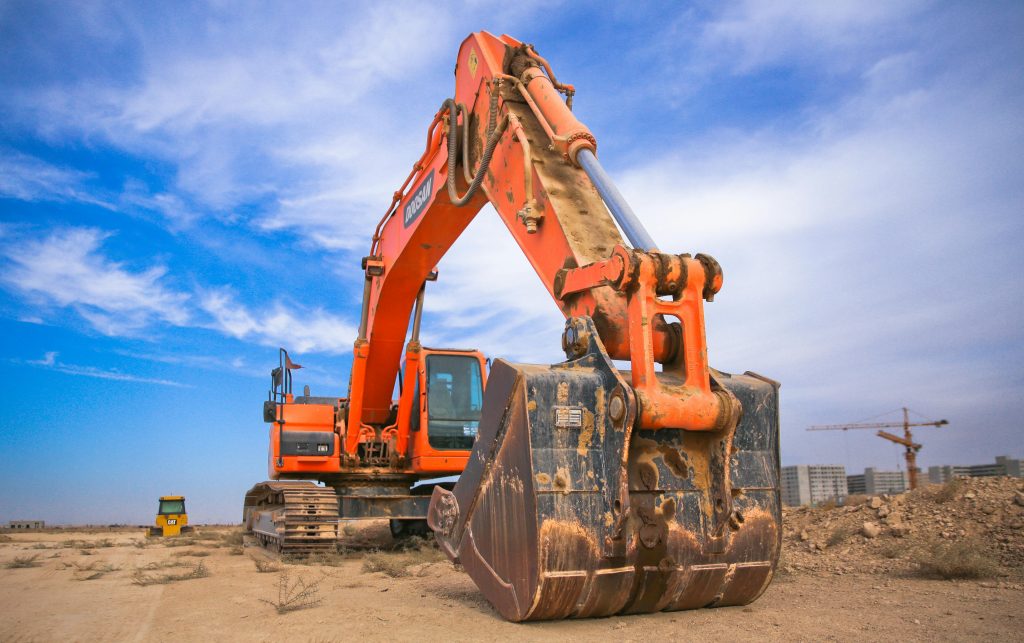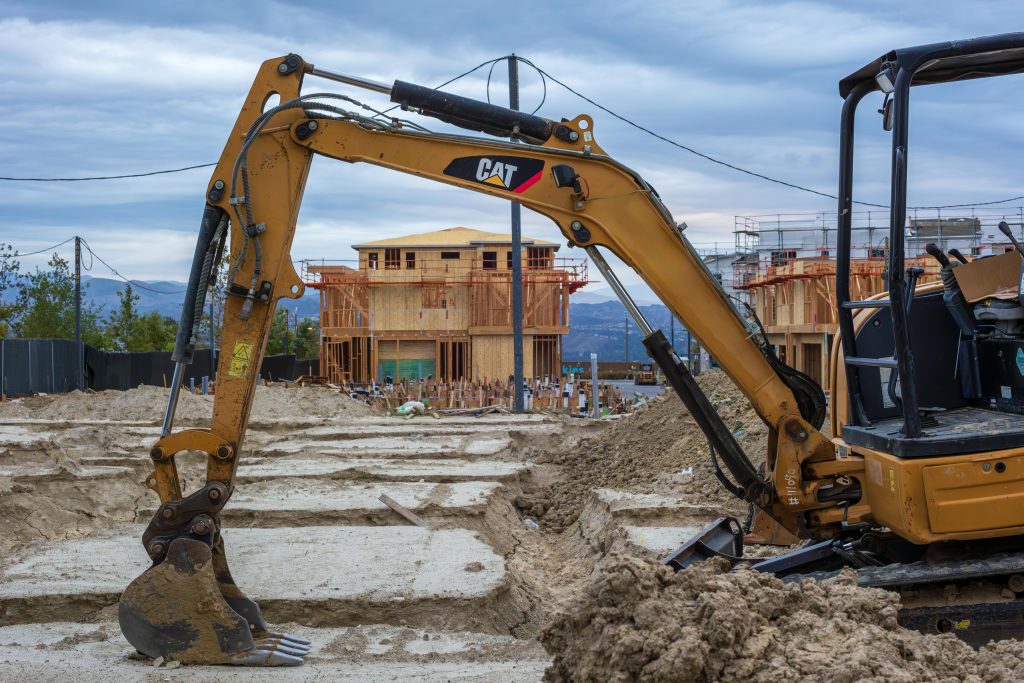Guide to Replacing Excavator Buckets and Teeth
Replacing excavator buckets and teeth is a fundamental maintenance operation that is essential to keep your equipment performing at its best. A comprehensive guide written by experts that includes everything related to the types, sizes, and features of buckets and teeth, as well as tips on installation and maintenance.
Key Indicators for Replacing Excavator Buckets and Teeth
What Are the Signs of Wear and Damage in Excavator Buckets?
Excavator buckets are essential parts that experience a lot of tension when in operation. Exposed to the elements, the mixing and mixing foundations can deteriorate over the years. Cracks or fractures on the body of the bucket typically occur around the weld seam or in high-stress areas. Moreover, deformation of the shape of a bucket or thinning its walls too much can be signs of wear.
How Can You Identify Worn or Damaged Excavator Teeth?
Materials such as soil, gravel, and rock constantly rub against excavator teeth. Teeth that are worn down look blunt or unevenly eroded, making cutting less efficient. Visible fractures or chips on the borders of a tooth display that the tooth is damaged. Other loose-fitting teeth that rockwork while in use are dangerous and reduce performance as well.
Tools and Equipment Needed for Replacement
What Essential Tools Are Required for Bucket Replacement?
Using precision tools is a must when it comes to replacing an excavator bucket. The hydraulic quick hitch is also essential when changing attachments quickly and easily while keeping the machine stable.
Then they will need wrenches, hammers, and some lifting equipment to cope with the weight of the bucket. Other critical tools consist of wrenches, hammers, and equipment to lift the bucket and to prevent injuries.
Which Tools Are Recommended for Replacing Excavator Teeth?
When replacing excavator teeth with pin-on teeth, you will also need a few specialty tools, like pin removal kits, to remove old teeth securely in place. These kits are usually used with a hammer to break stubborn pins. A torque wrench ensures that new teeth are tightened to manufacturer specifications, making these teeth less likely to come free in use.
Step-by-Step Process of Replacing Excavator Buckets
How Should You Prepare Before Bucket Removal?
Before digging out an excavator bucket, you should prepare the machine on level ground and shut off the engine to prevent movement. Depressurize hydraulic systems to avoid sudden bursts of energy. Check the points where the bucket connects and clear any debris and blockage that can prevent you from removing it.
What Steps Are Involved in Removing the Old Excavator Bucket?
If the old bucket is attached using hydraulic lines, those need to be disconnected first. Use a hydraulic quick hitch or manual tools to release pins that secure the bucket to the excavator arm. Properly use the lifting apparatus to ensure the bucket is steady during the operation process.
How Do You Install a New Excavator Bucket?
New excavator buckets are installed by lining them up correctly with the attachment points on the arm. Pass pins through holes created for this purpose and pull tight against locking mechanisms in your equipment setup. If using advanced tools like tilt buckets, ensure all connections allow full functionality, such as angle adjustments through hydraulic systems.
If durable solutions tailored to unique operational needs are what you are after, then take a product tour to meet the products of Guangdong Kingho Technology Co., Ltd. — an experienced high-performance digger attachments manufacturer.
Step-by-Step Process of Replacing Excavator Teeth
How Should You Prepare for Tooth Replacement?
Excavator teeth are used back and forth, but they are not immortal. Make sure to park the excavator on the flat, so it is unlikely to roll over. Shut off the engine and depressurize all hydraulic systems to eliminate accidental movement or release of energy.
Remove all dirt and debris in the area around the bucket and teeth, preventing any obstructions during the replacement. Check attachment points and locks for any malfunction that could inhibit operation.
What Are the Steps for Removing Worn or Damaged Teeth?
Replacing worn or broken excavator teeth requires precision and caution to ensure that other components are not damaged. You will first need to find the pin or locking mechanism that holds each tooth to the adapter. You can use a pin removal kit or even a hammer, but be careful not to use too much force and damage the parts.
With the pins removed, carefully slide out each worn tooth from its fittment. If a tooth feels stuck from too much wear or corrosion, applying a rust remover or lubricant will help to loosen it up. If the adapters are damaged or showing wear, replace them.
How Do You Install New Excavator Teeth?
Start cleaning both the slots of the adapter and the new teeth to make sure the debris does not interfere with the fitting. Place every tooth in its place like the pegs in an adapter.
Drop the new pins into the holes of the tooth and adapter. Once they are in place, tighten them up to manufacturer specification with a torque wrench. This guarantees that during operation, each tooth does not wobble or loosen with time.
For enhanced durability, consider using teeth made from manganese molybdenum alloy materials, known for their excellent resistance against abrasion and impact.
Benefits of Choosing Kingho Products for Excavators
Why Are Kingho Buckets Known for Their Durability and Reliability?
Kingho buckets are composed of high-strength steel plates that increase their durability, even in extreme working conditions. They also incorporate casting guard plates and blocks, providing an extra layer of defence against abrasion in stressed areas.
Unique features such as reinforced edges of rock buckets designed for heavy-duty work, such as excavating dense soil or loading gravel, stone, demolition debris, etc., are designed to withstand the elements and provide longer durability due to these advanced features.
Moreover, Kingho products undergo rigorous quality checks and certifications such as ISO9001 and CE certifications, ensuring they meet international standards for reliability and performance.
What Advanced Design Features Make Kingho Excavator Teeth Stand Out?
With an innovative design for both efficiency and durability, Kingho excavator teeth are no exception. Crafted with premium manganese molybdenum alloy steel to enhance wear resistance at high temperatures, these teeth will sustain structural integrity while withstanding extreme pressures.
Moreover, due to Kingho’s ability to customize specifications based on different operational needs, users can select specifications that can yield the best performance based on applications.
FAQs
Q1: When should I be replacing my excavator teeth?
A: Replace your excavator teeth when they show signs of wear such as blunt edges, cracks, or looseness during operation.
Q2: What is the best tooth material for durable excavator teeth?
A: We highly recommend manganese molybdenum alloy steel because of its high resistance to wear and impact
Q3: Would it be possible for me to replace brand-new excavator teeth without professional help?
A: Yes, absolutely, but there are the right tools for the job, like pin removal kits and torque wrenches, and teeth can only be replaced according to manufacturer guidelines.



